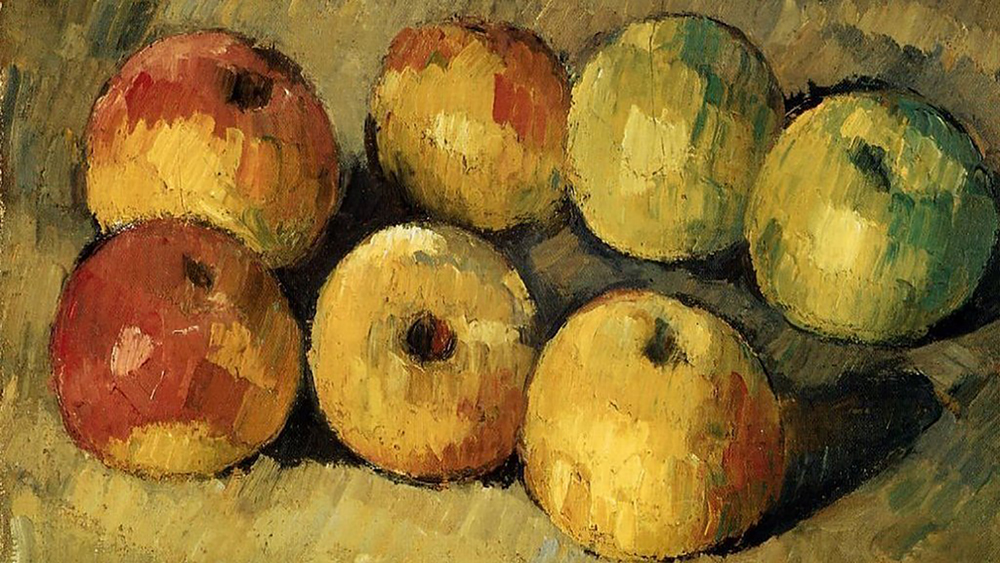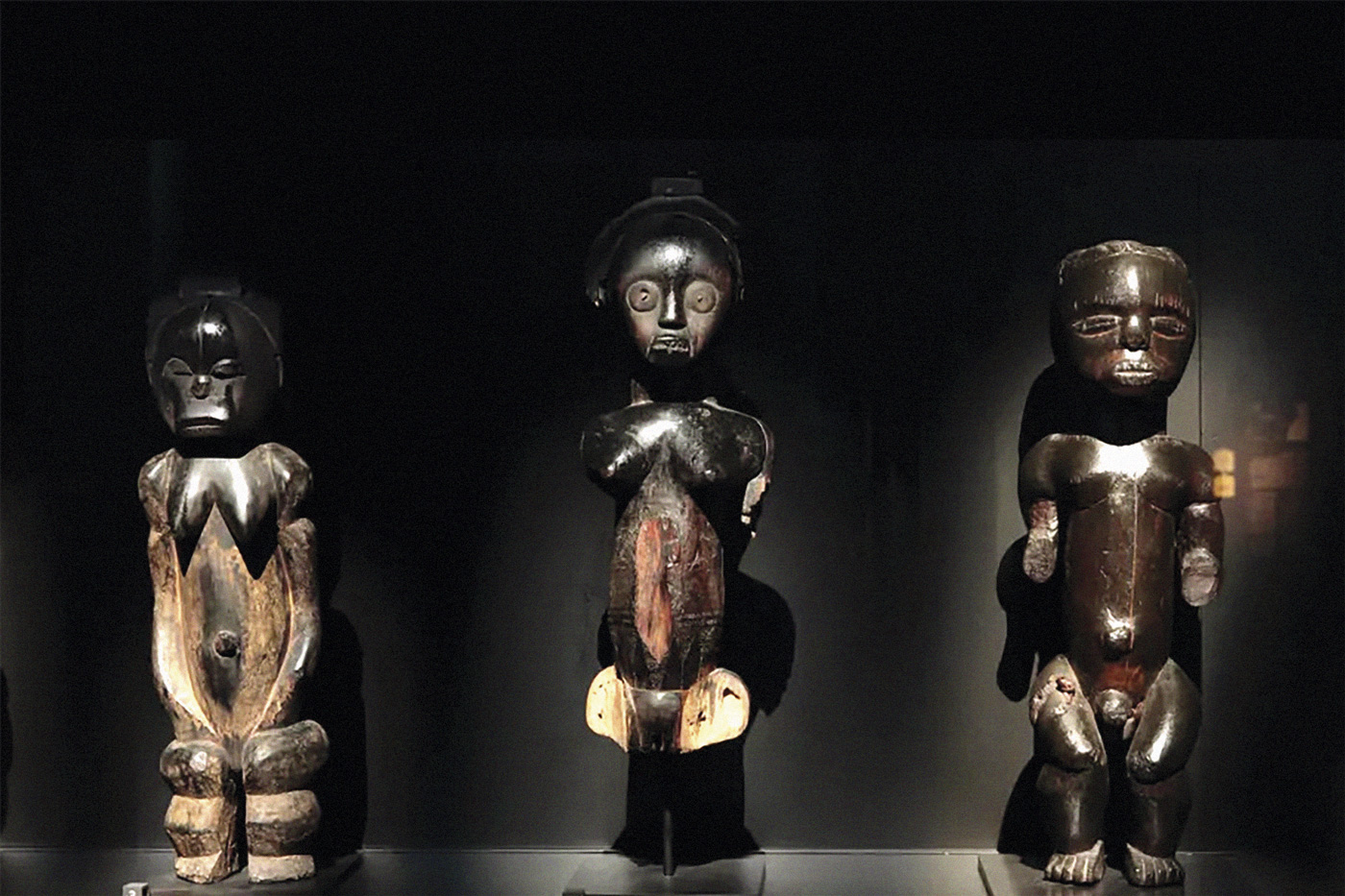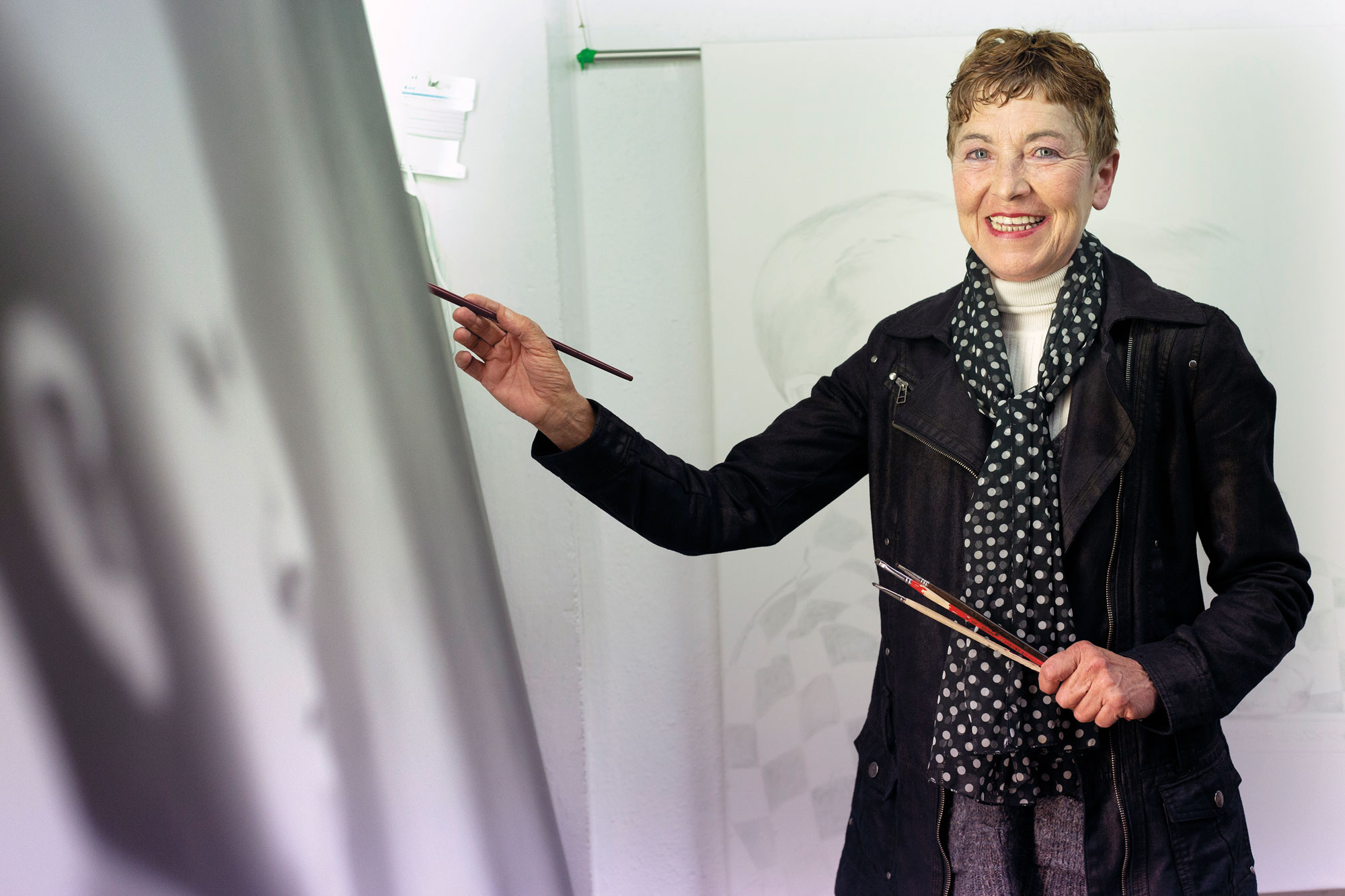Cezanne and Keynes apples
- John Maynard Keynes was, as well as the creator of one of the most important macroeconomic theories of the 20th century, an art lover and a member of Bloomsbury.

Firle (East Sussex, England), 28 March 1918. The economist John Maynard Keynes (1883-1946) arrived at Charleston Farm in the evening, where the art and literature group Bloomsbury met, following a long and laborious 24-hour journey from Paris. “If you go down to the road you will find a Cézanne behind the gate,” he said to those present. Exhausted the journey, he didn't have the strength to bring the canvas home and hid it under a bush.
Creator of one of the most important macroeconomic theories of the 20th century, Keynes was a passionate art lover and a member of Bloomsbury who compaginated both camps in a risky auction until his recent creation in Paris, at the height of World War I, when the Germans were at the gates of the French capital.
Since 1916 Keynes worked for the British government in the Treasury section of the Ministry of Finance. He discovered that the painter's collection Edgar Degas, who died a year earlier in Paris, was to be sold at auction, composed of works by Degas himself, by works by Manet, Ingres, Delacroix, Gauguin and Cézanne, among others. He got 20,000 pounds from the government and managed to buy at the auction, at a cheaper price than he believed, a lot of 13 works of art that today costs many millions of euros. And it also had 5,000 pounds left over.
With the purchase of the art collection, Keynes made a circular investment for the British government and managed to implement part of his theory.
On the one hand, the threat of the Germans made the auction have very few buyers and, on the other, their works did not yet have the value that they were to be recognised. Keynes, in anticipation of this, made a circular investment for the British government and managed, in some way, to implement part of his theory. Keynes believed that in order to deal with economic crises, the State should be strengthened and resourced. And with that purchase he brought his bit of sand to the state, which, of course, for the British state was not a profitable business.
Keynes also bought a painting of his pocket, the still life of the apples of Cézanne mentioned earlier. In 2013 another Cézanne winery apple was sold for $4 million and it is believed that Keynes's can have a similar price, enough to solve its micro-economy and its environment for a long time. But the economist didn't use these apples as an investment.
Keynes himself said that the goal of the Bloomsbury group was “the birth and enjoyment of the aesthetic experience.” And that's what he did with this painting, after rescuing him from the road: for many years he hung at his head to enjoy, without further ado, the aesthetic experience.
Eskultura grekoerromatarrek bere garaian zuten itxurak ez du zerikusirik gaurkoarekin. Erabilitako materiala ez zuten bistan uzten. Orain badakigu kolore biziz margotzen zituztela eta jantziak eta apaingarriak ere eransten zizkietela. Bada, Cecilie Brøns Harvard... [+]
Behin batean, gazterik, gidoi nagusia betetzea egokitu zitzaion. Elbira Zipitriaren ikasle izanak, ikastolen mugimendu berriarekin bat egin zuen. Irakasle izan zen artisau baino lehen. Gero, eskulturgile. Egun, musika jotzen du, bere gogoz eta bere buruarentzat. Eta beti, eta 35... [+]
This text comes two years later, but the calamities of drunks are like this. A surprising surprise happened in San Fermín Txikito: I met Maite Ciganda Azcarate, an art restorer and friend of a friend. That night he told me that he had been arranging two figures that could be... [+]
On Monday afternoon, I had already planned two documentaries carried out in the Basque Country. I am not particularly fond of documentaries, but Zinemaldia is often a good opportunity to set aside habits and traditions. I decided on the Pello Gutierrez Peñalba Replica a week... [+]
























